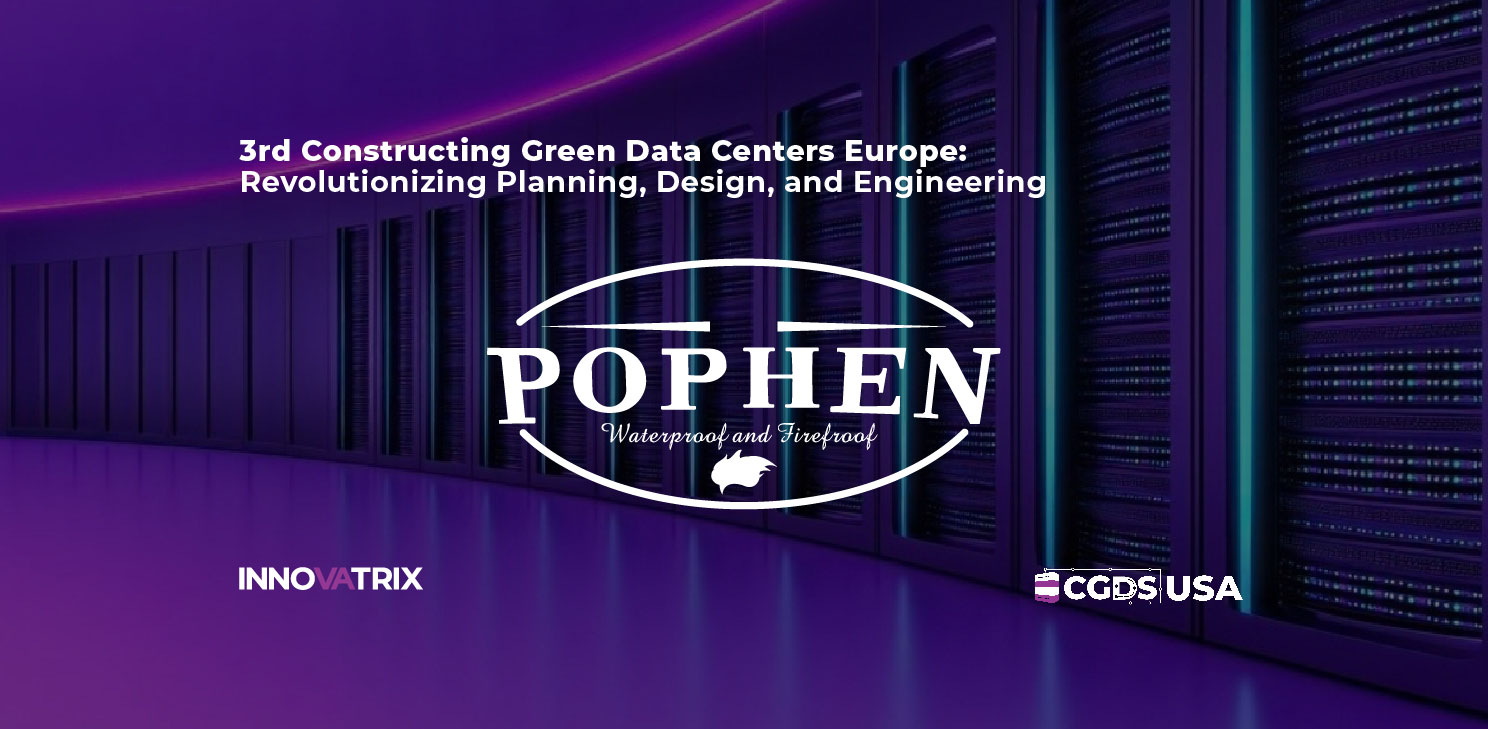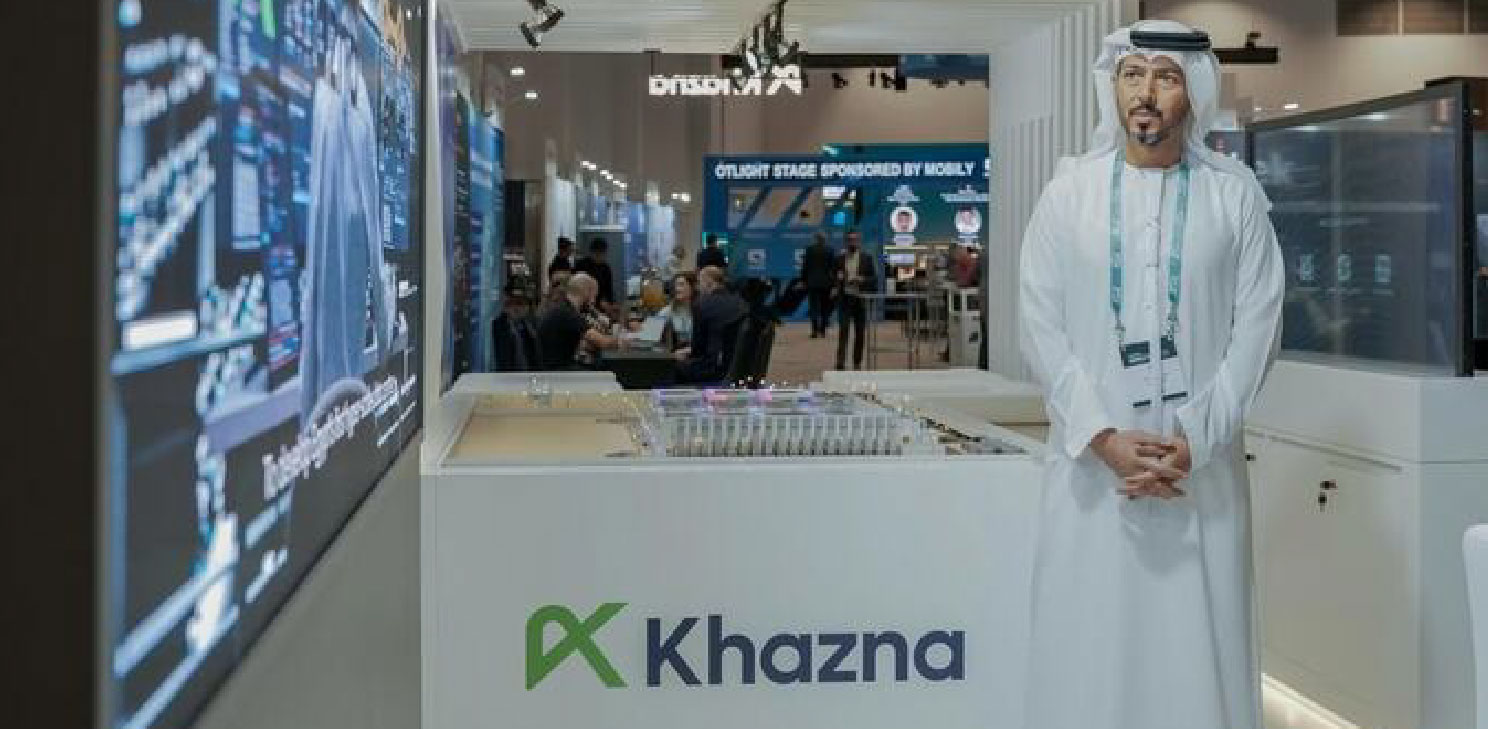Changing regulations and sustainability goals are constantly re-shaping the face of the off-highway vehicle industry, but the momentum behind this constant innovation comes from the technological advancements that are leading to widespread adoption, making zero-emissions electric off-highway vehicles more efficient and viable for OEMs and operators.
Integrating Chargers with System-Level Components
Optimised chargers enhance the value of a machine’s most critical—and often most expensive—component: the battery. By integrating the charger with system-level components, OEMs can unlock synergistic efficiencies that are simply not achievable with internal combustion engines (ICEs). A fully realised “4-in-1” integration represents the pinnacle of such systems, combining components such as:
- On-board chargers
- DC-DC converters
- AC export power
- EVSE interfaces
Although such a comprehensive “package solution” remains on the horizon, partial integrations are already driving significant progress. Streamlining packaging and circuitry reduces production costs, improves energy efficiency, and simplifies assembly. This approach also enables OEMs to delegate much of the integration work to specialist suppliers and third-party integrators, easing development pressures while accelerating time-to-market.
On-Board Chargers with Electric Vehicle Supply Equipment (EVSE) Compatibility
Integrating on-board chargers with an EVSE-compatible interface marks a major step forward for electrified industrial machinery. EVSE—commonly known as public EV charging stations—represents a rapidly expanding global market, projected to almost double in size between 2023 and 2030. To capitalise on this growing infrastructure, OEMs must incorporate electric vehicle communication controllers (EVCCs) into on-board charging solutions. This essential component bridges the communication gap between electrified equipment and EVSE infrastructure, enabling fast, reliable, on-site charging even for heavy-duty construction machinery. EVCC integration not only supports opportunistic fast charging but also ensures compatibility across a range of charging levels:
- Level 1, 120 V charging – Enables charging through standard wall outlets, greatly expanding OEM options for residential worksites.
- Level 2, 240 V charging – Commonly available in commercial and some residential settings, offering faster charging speeds.
- Level 3, 480 V DC fast charging – Typically found in commercial EVSE networks, reducing charging times from hours to minutes.
Progress in Power Electronics
Electric motors often struggle to match the raw power density of their ICE counterparts, posing a challenge for widespread adoption in industrial sectors. However, advances in power electronics are beginning to overcome these limitations. Emerging materials such as gallium nitride (GaN) and silicon carbide (SiC) offer highly efficient solutions tailored to the demanding needs of industrial machinery, far outperforming conventional silicon-based electronics. For instance, SiC-based semiconductors can handle voltages of up to 1.2 kV—essential for high-powered applications—while achieving on average 47.5% lower power losses compared with silicon. This makes SiC an ideal solution for industrial electrification, valued for its reliability and efficiency at high voltages.
Building on these strengths, GaN offers even greater efficiency and power density, making it particularly suitable for low- to mid-voltage applications. Its advantages include over 95% efficiency, 50% lower power losses than silicon, and capability for voltages up to 600 V. With lower production costs than SiC, GaN-based semiconductors provide an attractive balance between performance and affordability, particularly for applications within the 600 V range.
Remote Integration Technologies
The rise of lithium-ion batteries across multiple market sectors continues to unlock advanced communication capabilities. In combination with an intelligent battery management system (BMS), internal efficiencies can be optimised in real time between interconnected components. Examples include:
- CAN bus protocols that communicate with external sensors and the BMS to adjust charging parameters according to environmental conditions, ensuring optimal performance.
- BMS data logging to track usage patterns, enabling OEMs to create charging profiles and algorithms that maximise speed and battery lifespan.
- BMS and CAN integration to detect potential safety issues, such as overheating or overvoltage, and automatically adjust operations to prevent damage.
Beyond internal systems, lithium-ion platforms with integrated BMS enable external communication with fleet management systems. This allows managers to access real-time data—such as duty cycles and charging parameters—to inform data-driven operational strategies.
Integration
Off-highway machinery increasingly demands higher power, voltage, and connectivity, making seamless integration the logical next evolution. Holistic, integrated platforms deliver tangible benefits, including:
- Streamlined logistics – Simplified manufacturing and assembly processes that reduce costs and minimise complexity.
- Enhanced versatility – Integrated BMS and charging platforms broaden charging options while enabling valuable data collection for future optimisation.
- Collaborative development – Sharing integration challenges with suppliers allows OEMs to focus on innovation and market differentiation.
As electrification accelerates, integration is set to become the defining factor for OEMs aiming to strengthen their competitive advantage.
To discover the latest innovations and trends in zero-emissions off-highway machines, meet with solution providers and hear talks from industry leaders, attend DZOMUSA – the 7th Design and Development of Zero-emissions Off-highway Machinery Summit taking place in Louisville, Kentucky, USA on December 10-11, 2025.
For more information, visit our website or email us at info@innovatrix.eu for the event agenda. Visit our LinkedIn to stay up to date on our latest speaker announcements and event news.













